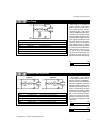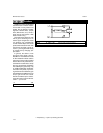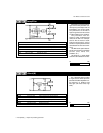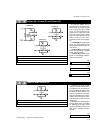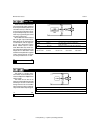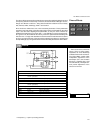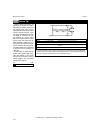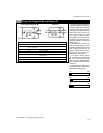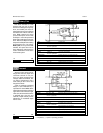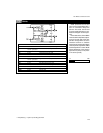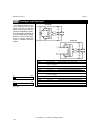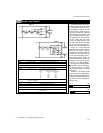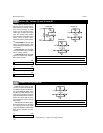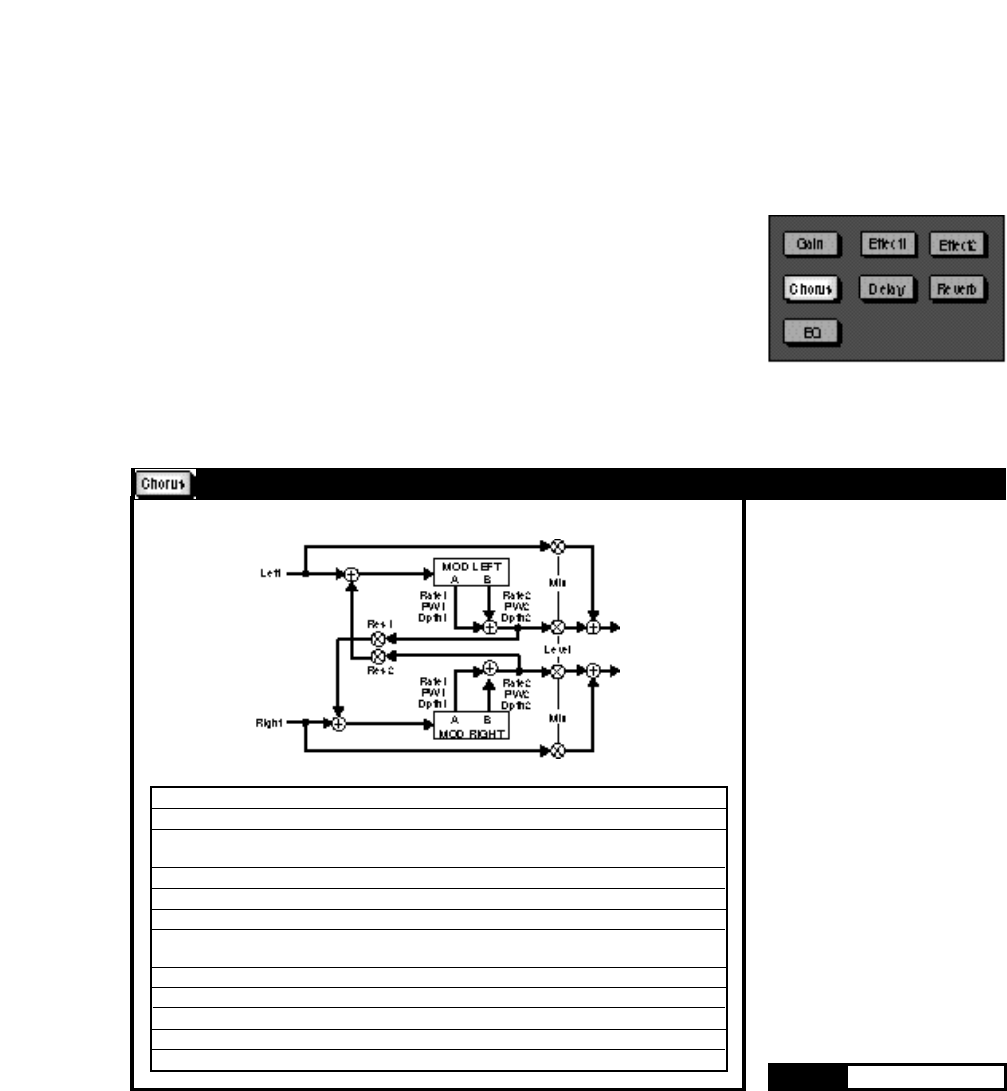
7-21
The Effects and Parameters
Chorus
Mix 0-100% Dry/Wet ratio
Level Off, -89 to +6dB Amount of effect in the processed signal
Rate1 0-50Hz or Left and right A rate
1:24-24:1 cycles/beat
(Rate1 Units) Selects frequency or cycles/beat
PW 1 0-100% Left and right A pulse width
Dpth1* 0-100% Left and right A depth
Rate2 0-50Hz or Left and right B rate
1:24-24:1 cycles/beat)
(Rate 2 Units) Selects frequency or cycles/beat
PW 2 0-100% Left and right B pulse width
Dpth2* 0-100% Left and right B depth
Res 1 -100 to +100 Left to right resonance
Res 2 -100 to +100 Right to left resonance
Chorus Effects
* = Interpolated; ( ) = Option of preceding parameter
The chorus effects are generally used to enhance a sound by modulating delay times and/
or frequency content in various ways. Of course, the classic effects of this type : Chorus,
Flanger and Phaser are all here – along with several other variations such as: Rotary
Cab, Aerosol, Orbits, Centrifuge, Comb 1 and Comb 2.
All of the Chorus effects have one or two resonance parameters. These parameters
control the level and phase of the effect output signal that is recirculated into the effect
inputs. Use care when adjusting these parameters, as they can cause overload (or
feedback-like howls) if they are set too high — even with little or no input signal present.
As a general rule, the combined value of any resonance parameters should always be
less than 100 — but pay close attention to levels whenever the total resonance is above
50. If you use high resonance values (to produce a deep flange effect, for example) and
the clip LEDs light, try turning down the level of the effect that precedes the Chorus block.
This is a true stereo, multi-voice
chorus. Use it to enrich guitars,
keyboards, etc. It has Dual 2-tap
modulators with cross resonance.
The Pulse Width controls allow
independent adjustment of the
waveshape. (At 0, the sinewave
becomes a sawtooth with a fast
rise and slow fall.) The Depth con-
trols provide adjustment of the
chorus from 0-100%.
60 190





